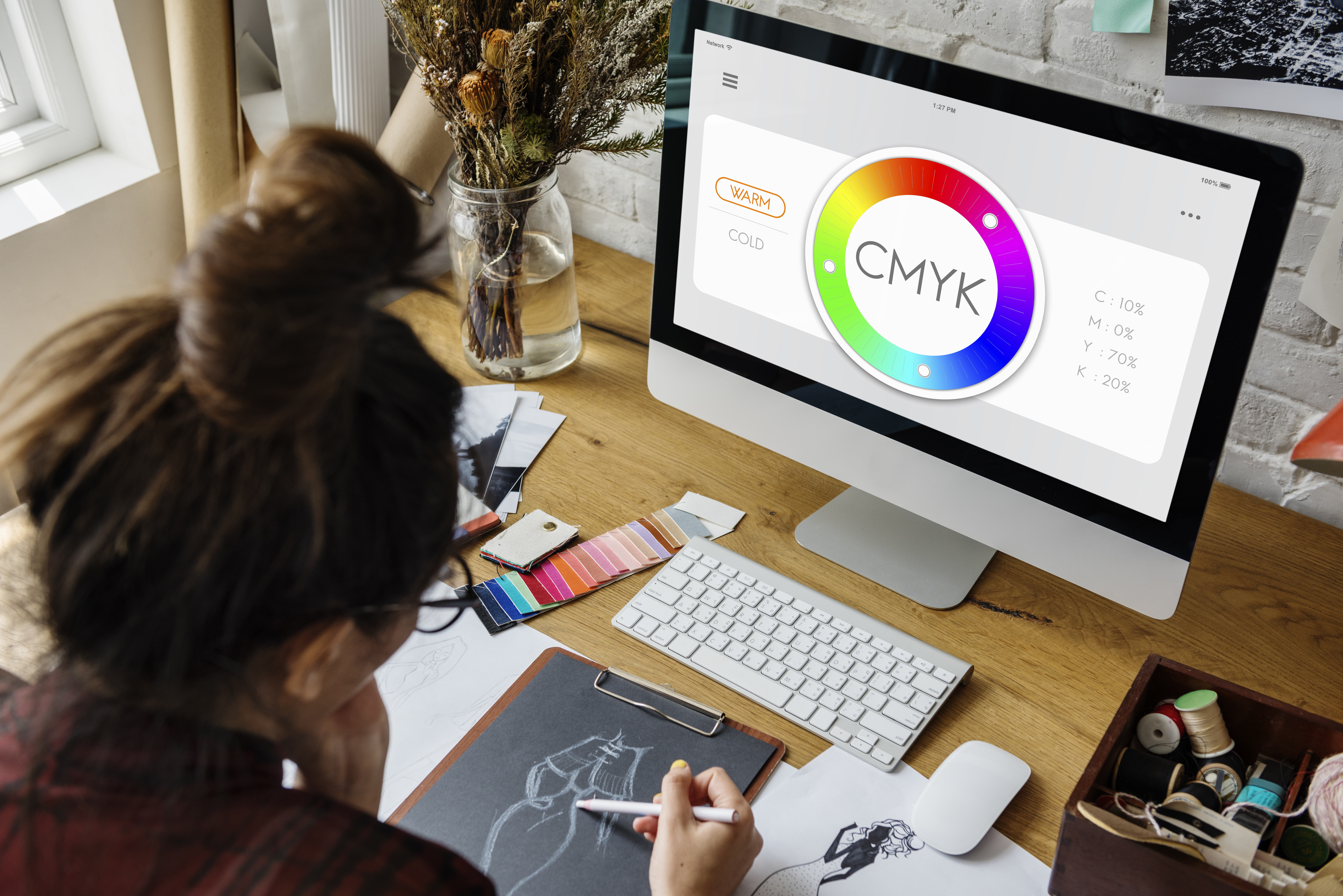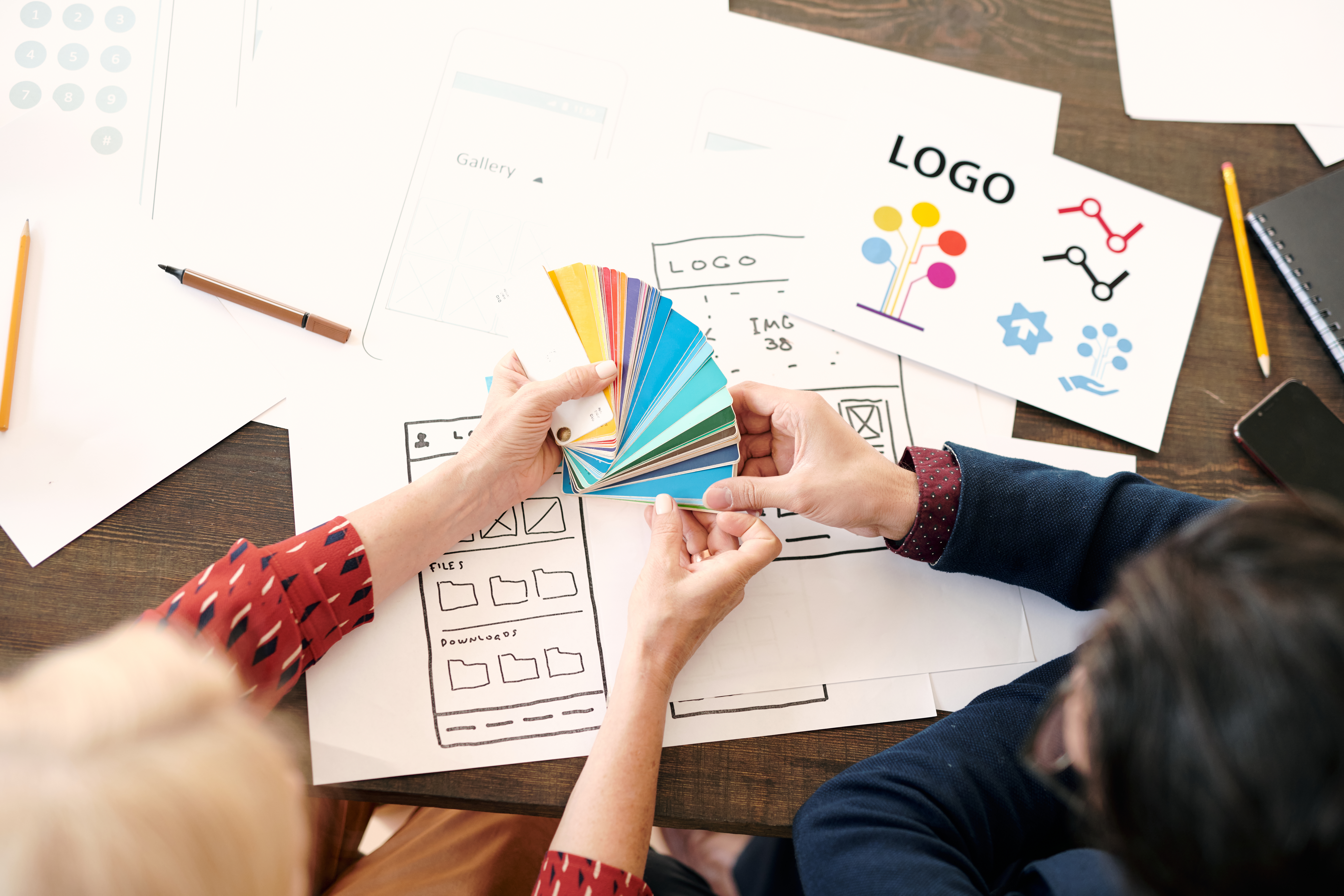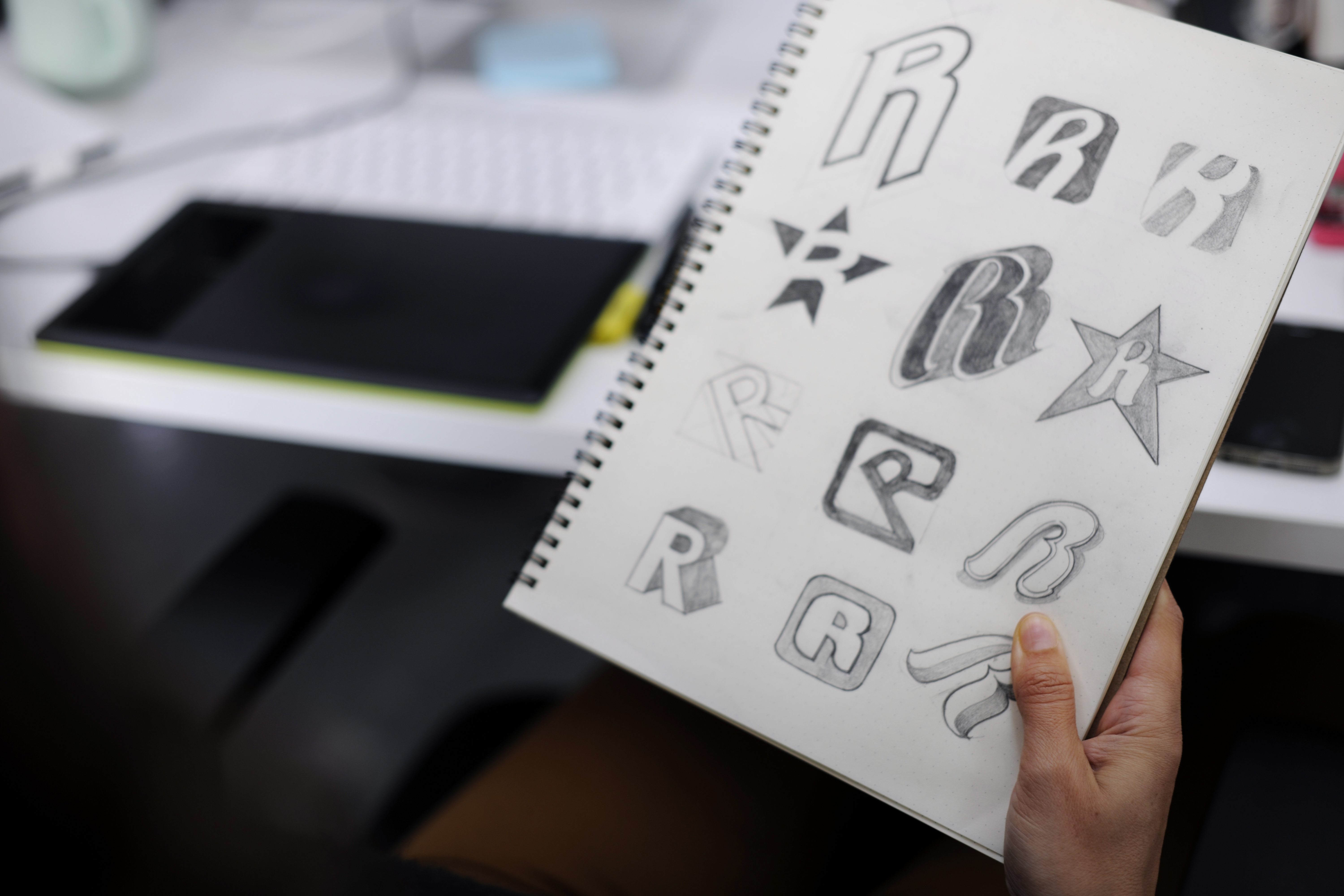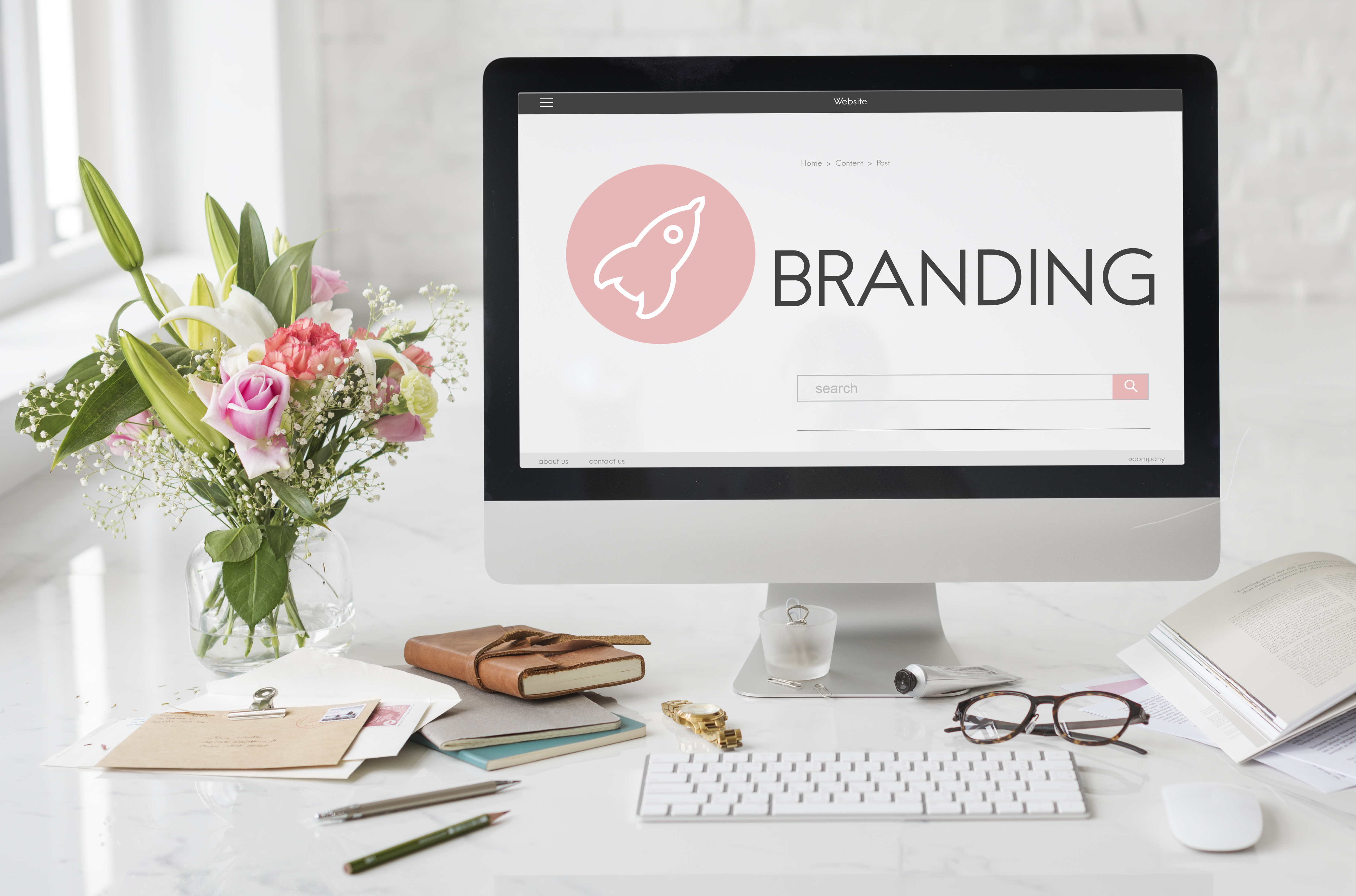
by VBF Studios

Logo design is a vital aspect of branding that encapsulates a company's identity and values in a single, recognizable image. A well-designed logo can make a lasting impression, foster brand loyalty, and set a business apart from its competitors. This article provides an in-depth look at the basics of logo design, examining its significance, essential components, and best practices for crafting a memorable and impactful logo.
A logo serves as the face of a brand, encapsulating its essence and identity. It is often the first point of contact between a company and its audience, making it crucial for the logo to reflect the brand's values, mission, and personality.
A distinctive logo helps in creating a visual memory for the audience. It allows customers to quickly identify and remember the brand, fostering recognition and recall. Consistent use of a logo across various platforms strengthens this association.

A professional and well-designed logo conveys trust and credibility. It signals to potential customers that the business is established, reliable, and takes pride in its brand image. A poorly designed logo, on the other hand, can create doubt and mistrust.
Simplicity is a hallmark of effective logo design. A simple logo is easy to recognize and remember. It avoids clutter and unnecessary details, focusing on clear and straightforward imagery that communicates the brand's essence.
A logo needs to be pertinent to the sector and the target audience it is designed for. It should align with the brand's values and message. For instance, a law firm's logo might incorporate traditional symbols of justice, while a tech company might use modern, innovative design elements.
A versatile logo works well across various mediums and sizes, from business cards to billboards. It should be legible and impactful whether displayed in color or black and white, and it should maintain its integrity in different contexts.
To stand out in a crowded marketplace, a logo needs to be unique. It should differentiate the brand from its competitors and avoid generic or overused elements. An original logo grabs attention and creates a lasting impact.
While it's important for a logo to be contemporary, it should also have a timeless quality. Avoiding trendy design elements ensures that the logo remains relevant and effective for years to come, reducing the need for frequent redesigns.

Before starting the design process, gain a deep understanding of the brand. Research its history, values, target audience, and competitors. This knowledge will inform the design and ensure it accurately represents the brand.
Begin with sketching and brainstorming ideas. Explore different concepts and visual styles without worrying about perfection. This creative phase allows for free expression and the development of unique ideas.
Typography plays a crucial role in logo design. Select fonts that complement the logo's imagery and reflect the brand's personality. Consider custom typography for a more distinctive look.
Color is a powerful tool in logo design. Different colors evoke different emotions and associations. Choose a color palette that aligns with the brand's message and appeals to its target audience. Make sure the colors complement each other and remain easy to read.
Gather feedback from colleagues, clients, and potential customers during the design process. Constructive criticism can provide valuable insights and help refine the logo. Remain receptive to feedback and ready to implement necessary changes.

Gather feedback from colleagues, clients, and potential customers during the design process. Constructive criticism can provide valuable insights and help refine the logo. Remain receptive to feedback and ready to implement necessary changes.
Test the logo in various contexts to ensure its effectiveness. Check how it looks on different devices, backgrounds, and sizes. Make sure it remains clear and recognizable in all applications.
Develop different versions of the logo for different uses. This might include a primary logo, a simplified version for small sizes, and a monochrome version for black-and-white printing. Versatile logo variations ensure consistency across all platforms.
Designing a logo blends artistic flair with scientific precision, demanding creativity, strategic insight, and meticulous attention to detail. A well-crafted logo serves as the cornerstone of a brand's identity, fostering recognition, trust, and loyalty. By understanding the key elements and best practices of logo design, you can create a memorable and effective logo that stands the test of time and elevates your brand.
© Copyright 2025 All Rights Reserved